Introduction:
Black kitchen appliances have gained popularity in recent years due to their sleek and modern appearance. However, concerns have been raised about the difficulty of keeping them clean and maintaining their pristine look. In this article, we will explore the factors that contribute to the perceived difficulty of cleaning black appliances, including visible smudges and fingerprints, surface scratches, and cleaning techniques. By understanding these factors, homeowners can learn how to effectively clean and maintain their black appliances, ensuring they remain in optimal condition.
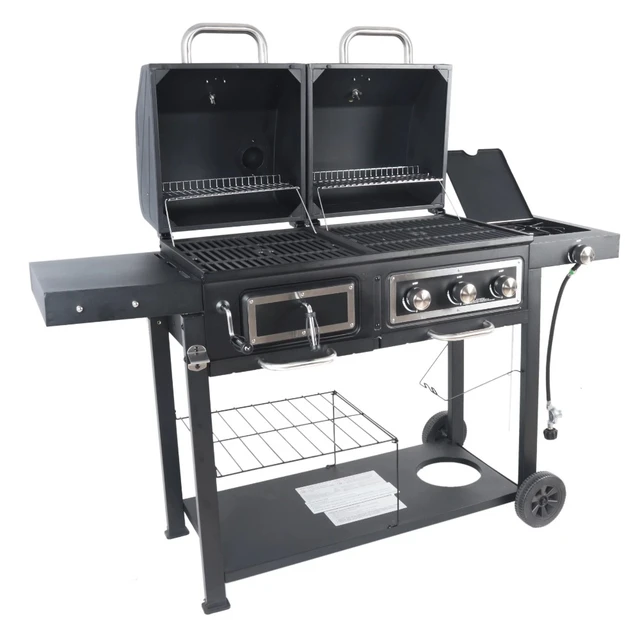
Are black kitchen appliances hard to keep clean?
Visible Smudges and Fingerprints:
a. Surface Reflection: One of the reasons why smudges and fingerprints are more apparent on black appliances is the reflective nature of their surfaces. Light reflects differently off black surfaces, making any smudges or fingerprints more visible compared to lighter-colored appliances.
b. Regular Cleaning: To minimize the visibility of smudges and fingerprints, regular cleaning is essential. Wiping down black appliances with a soft cloth or microfiber cloth after each use helps remove fingerprints and smudges, keeping the surfaces looking clean and polished.
c. Cleaning Products: Using appropriate cleaning products specifically designed for black appliances can help maintain their appearance. Avoid using abrasive cleaners or harsh chemicals that may damage the surfaces. Instead, opt for mild, non-abrasive cleaners recommended by the manufacturer.
Surface Scratches:
a. Scratches on Black Surfaces: Black surfaces, including those on kitchen appliances, may show scratches more prominently than lighter-colored surfaces. This is due to the contrast between the black color and the lighter color beneath the surface.
b. Prevention is Key: Preventing scratches is crucial in maintaining the pristine look of black appliances. Avoid using abrasive materials, such as steel wool or harsh scrub brushes, when cleaning. Instead, use soft cloths or non-abrasive sponges to prevent scratching the surface.
c. Protective Measures: Applying a protective film or clear coat to the surface of black appliances can help minimize the appearance of scratches. These protective measures act as a barrier, reducing the risk of surface damage and maintaining the overall aesthetics of the appliances.
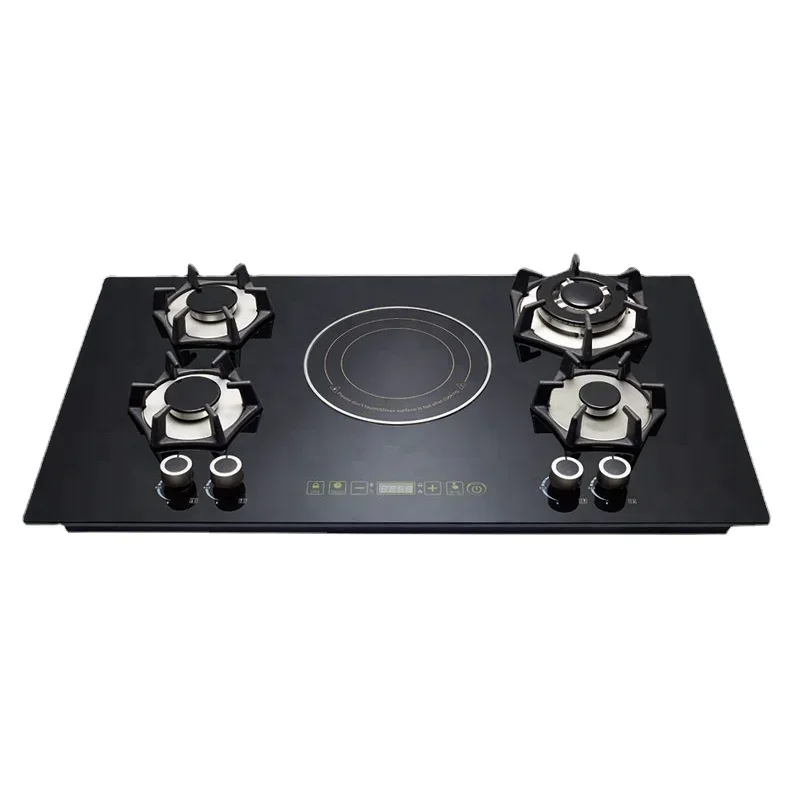
Cleaning Techniques:
a. Microfiber Cloths: Microfiber cloths are highly effective in cleaning black appliances without leaving behind lint or streaks. These soft and absorbent cloths can remove smudges, fingerprints, and dirt from the surfaces without causing scratches or damage.
b. Vinegar and Water Solution: A mixture of vinegar and water can be used as a natural and effective cleaning solution for black appliances. Simply combine equal parts vinegar and water in a spray bottle, and use this solution to wipe down the surfaces, removing grime and leaving a streak-free shine.
c. Stainless Steel Cleaner: Some black appliances have a stainless steel finish. In this case, using a stainless steel cleaner specifically formulated for black stainless steel can help maintain its appearance. Follow the manufacturer’s instructions for proper application and cleaning techniques.
d. Specialty Cleaning Products: There are specialty cleaning products available on the market specifically designed for cleaning and maintaining black appliances. These products are formulated to remove dirt, smudges, and fingerprints while protecting the black surfaces. Follow the instructions provided by the manufacturer for best results.
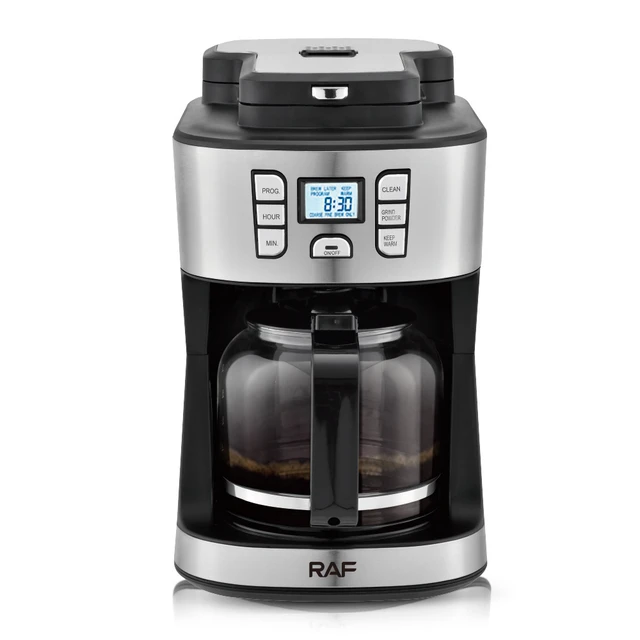
Regular Maintenance:
a. Ongoing Cleaning Routine: Incorporating regular cleaning into your kitchen maintenance routine is vital for keeping black appliances clean. Wiping down the surfaces after each use and regularly deep cleaning the appliances will help maintain their appearance and prevent the buildup of dirt and grime.
b. Avoiding Harsh Chemicals: Harsh chemicals, such as ammonia or bleach, can damage the surfaces of black appliances. It is important to avoid using these chemicals when cleaning. Instead, opt for milder, non-abrasive cleaners that are safe for use on black appliances.
c. Dry Surfaces: After cleaning black appliances, it is important to dry the surfaces thoroughly. This helps prevent water spots and streaks from forming, ensuring a clean and polished look.
Prevention Tips:
a. Use Protective Covers: To minimize the risk of smudges and fingerprints, consider using protective covers on black appliances when they are not in use. These covers can help shield the surfaces from dust, dirt, and other contaminants that can accumulate and diminish their appearance.
b. Handle Appliances with Care: Be mindful of how you handle black appliances to avoid leaving fingerprints or smudges. Use clean hands or gloves when touching the surfaces to minimize the transfer of oils and dirt.
c. Avoid Direct Contact with Harsh Substances: Direct contact with substances such as strong acids or bleach can damage the finish of black appliances. Be cautious when working with these substances in close proximity to the appliances and ensure proper ventilation to prevent any accidental contact.
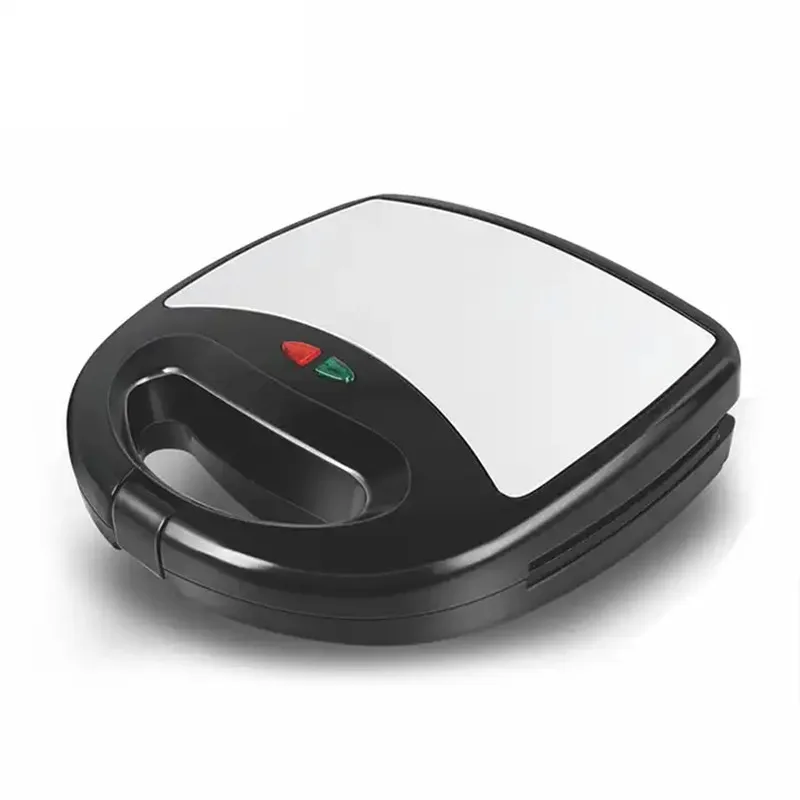
Maintenance Tips:
a. Regular Dusting: Incorporate regular dusting into your cleaning routine to remove any surface particles or lint that may accumulate on black appliances. Use a soft, dry cloth or a duster specifically designed for electronics to gently remove dust and maintain a clean appearance.
b. Deep Cleaning: Periodically, deep clean your black appliances to remove any built-up grime or fingerprints. Follow the manufacturer’s instructions for specific cleaning recommendations for your appliances. Pay attention to any areas that may require extra attention, such as control panels or buttons, to ensure a thorough cleaning.
c. Protective Coating: Applying a protective coating or wax to the surfaces of black appliances can provide an extra layer of defense against smudges, fingerprints, and scratches. These coatings create a barrier that enhances the resistance of the appliances to these common issues.
Additional Tips:
a. Lighting Considerations: Proper lighting in the kitchen can affect the appearance of black appliances. Adequate lighting can highlight the sleekness and beauty of the appliances, while poor lighting may make any imperfections or smudges more noticeable. Consider using task lighting or under-cabinet lighting to ensure the appliances are well-illuminated.
b. Regular Inspections: Make it a habit to inspect your black appliances regularly for any signs of damage, such as scratches or fading. Addressing these issues promptly can help prevent further deterioration and maintain the overall aesthetics of the appliances.
c. Manufacturer Guidelines: Consult the manufacturer’s guidelines and recommendations for cleaning and maintenance specific to your black appliances. Each appliance may have specific care instructions that are designed to keep them looking their best and functioning properly.
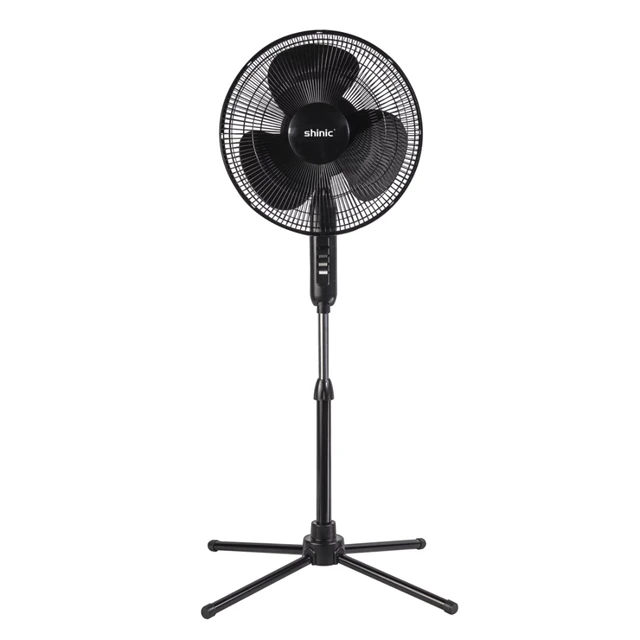
Conclusion:
While black kitchen appliances can show smudges, fingerprints, and scratches more prominently than lighter-colored appliances, proper cleaning and maintenance techniques can help keep them looking clean and pristine. Regular cleaning with soft cloths or microfiber cloths, using appropriate cleaning products, and avoiding abrasive materials are key to maintaining the appearance of black appliances. Implementing preventative measures, such as applying protective films or clear coats to the surface, can minimize the visibility of scratches. Following a regular cleaning routine and avoiding harsh chemicals contribute to the longevity and aesthetics of black appliances. With these tips in mind, homeowners can confidently enjoy the sleek and modern look of their black appliances while keeping them clean and well-maintained.

